INVESTIGATION ON NURI SPACE ROCKET
입력 2022.06.17 (15:20)
수정 2022.06.17 (16:45)
읽어주기 기능은 크롬기반의
브라우저에서만 사용하실 수 있습니다.
[Anchor Lead]
Investigation is underway into the cause of the delayed launch of the Nuri space rocket, Korea's first homegrown rocket. It has yet to be found why a component in the oxidizer tank is sending abnormal signals. The outcome will determine when another launch will be attempted.
[Pkg]
The Nuri space rocket was taken off its launch pad just a day before the scheduled launch. A problem was detected in the first-stage rocket. Researchers are zeroing in on three components. One of them is a level sensor measuring oxidizer levels. Its numbers must change when the rocket is erected, but they did not, and the cause has yet to be found. The researchers are also looking into the terminal box collecting signals, and electric cables connecting the surrounding parts. They have already begun inspecting them. If the cause of the problem is found there, it can be fixed without dismantling the first- and second-stage rockets.
[Soundbite] Ko Jeong-hwan(Head, KSLV-II R&D Directorate, KARI) : "If problems are detected in the signal box and cables, we can start fixing them right away."
However, if no problems are detected in the terminal box and the cables, it's a whole different story. The level sensor attached to the lid of the oxidizer tank will have to be inspected, which means dismantling the first- and second-stage rockets will be inevitable.
[Soundbite] Ko Jeong-hwan(Head, KSLV-II R&D Directorate, KARI) : "The level sensor is located in the upper part of the oxidizer tank. It means the first-stage and second-stage rockets might need to be separated."
It takes at least three days to dismantle the two stages. If the sensor needs to be replaced and assembled again, it will take even longer. If the Nuri is not ready for launch by June 23, a new date will have to be set. If it takes one or two weeks to fix the problem, the rocket's launch could coincide with the start of the monsoon season, which usually begins on June 20. Setting a launch date during the rainy season is not easy. The longer the process is delayed, the more factors could affect the chances of a successful launch.
Investigation is underway into the cause of the delayed launch of the Nuri space rocket, Korea's first homegrown rocket. It has yet to be found why a component in the oxidizer tank is sending abnormal signals. The outcome will determine when another launch will be attempted.
[Pkg]
The Nuri space rocket was taken off its launch pad just a day before the scheduled launch. A problem was detected in the first-stage rocket. Researchers are zeroing in on three components. One of them is a level sensor measuring oxidizer levels. Its numbers must change when the rocket is erected, but they did not, and the cause has yet to be found. The researchers are also looking into the terminal box collecting signals, and electric cables connecting the surrounding parts. They have already begun inspecting them. If the cause of the problem is found there, it can be fixed without dismantling the first- and second-stage rockets.
[Soundbite] Ko Jeong-hwan(Head, KSLV-II R&D Directorate, KARI) : "If problems are detected in the signal box and cables, we can start fixing them right away."
However, if no problems are detected in the terminal box and the cables, it's a whole different story. The level sensor attached to the lid of the oxidizer tank will have to be inspected, which means dismantling the first- and second-stage rockets will be inevitable.
[Soundbite] Ko Jeong-hwan(Head, KSLV-II R&D Directorate, KARI) : "The level sensor is located in the upper part of the oxidizer tank. It means the first-stage and second-stage rockets might need to be separated."
It takes at least three days to dismantle the two stages. If the sensor needs to be replaced and assembled again, it will take even longer. If the Nuri is not ready for launch by June 23, a new date will have to be set. If it takes one or two weeks to fix the problem, the rocket's launch could coincide with the start of the monsoon season, which usually begins on June 20. Setting a launch date during the rainy season is not easy. The longer the process is delayed, the more factors could affect the chances of a successful launch.
■ 제보하기
▷ 카카오톡 : 'KBS제보' 검색, 채널 추가
▷ 전화 : 02-781-1234, 4444
▷ 이메일 : kbs1234@kbs.co.kr
▷ 유튜브, 네이버, 카카오에서도 KBS뉴스를 구독해주세요!
- INVESTIGATION ON NURI SPACE ROCKET
-
- 입력 2022-06-17 15:20:27
- 수정2022-06-17 16:45:47
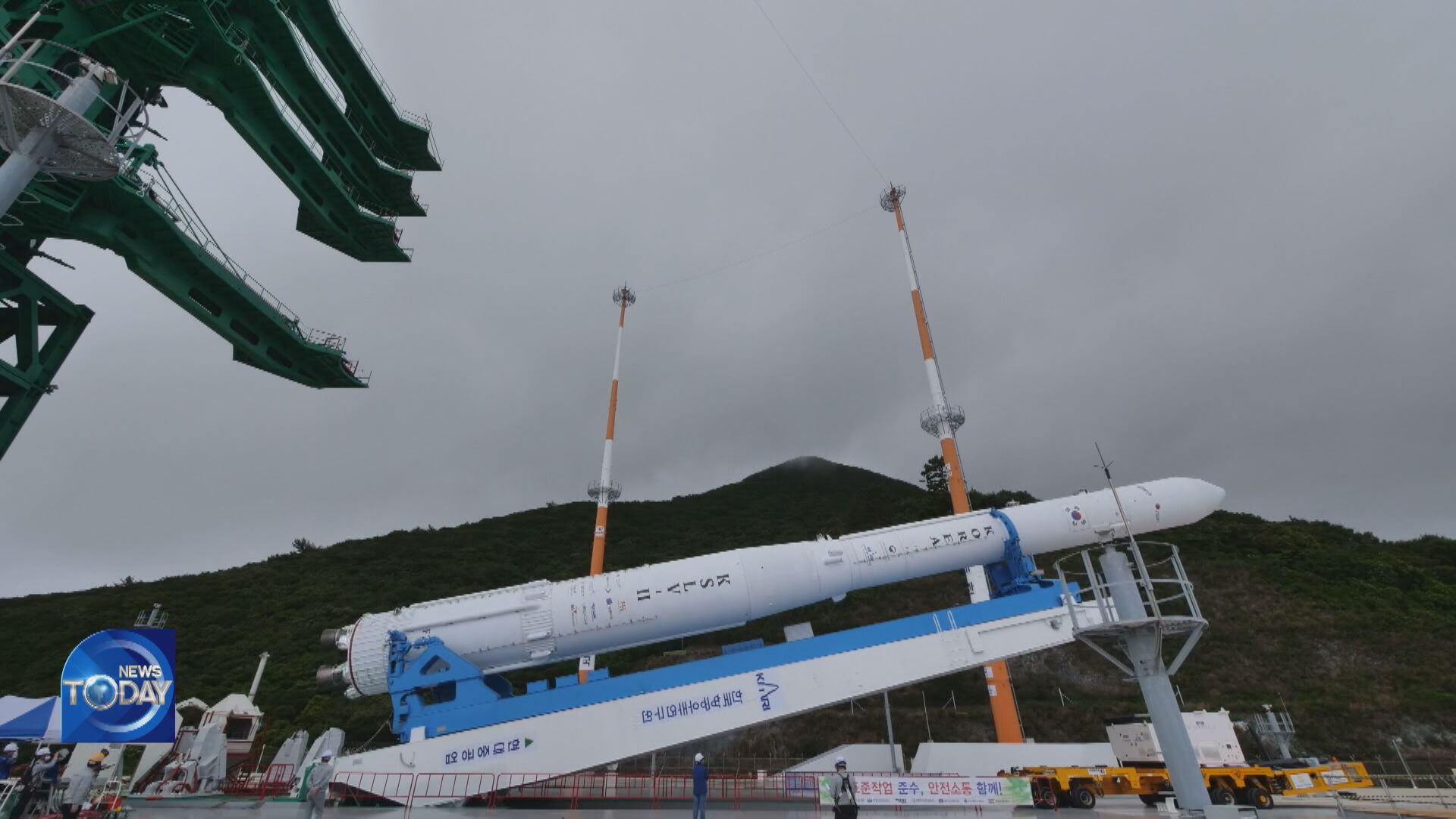
[Anchor Lead]
Investigation is underway into the cause of the delayed launch of the Nuri space rocket, Korea's first homegrown rocket. It has yet to be found why a component in the oxidizer tank is sending abnormal signals. The outcome will determine when another launch will be attempted.
[Pkg]
The Nuri space rocket was taken off its launch pad just a day before the scheduled launch. A problem was detected in the first-stage rocket. Researchers are zeroing in on three components. One of them is a level sensor measuring oxidizer levels. Its numbers must change when the rocket is erected, but they did not, and the cause has yet to be found. The researchers are also looking into the terminal box collecting signals, and electric cables connecting the surrounding parts. They have already begun inspecting them. If the cause of the problem is found there, it can be fixed without dismantling the first- and second-stage rockets.
[Soundbite] Ko Jeong-hwan(Head, KSLV-II R&D Directorate, KARI) : "If problems are detected in the signal box and cables, we can start fixing them right away."
However, if no problems are detected in the terminal box and the cables, it's a whole different story. The level sensor attached to the lid of the oxidizer tank will have to be inspected, which means dismantling the first- and second-stage rockets will be inevitable.
[Soundbite] Ko Jeong-hwan(Head, KSLV-II R&D Directorate, KARI) : "The level sensor is located in the upper part of the oxidizer tank. It means the first-stage and second-stage rockets might need to be separated."
It takes at least three days to dismantle the two stages. If the sensor needs to be replaced and assembled again, it will take even longer. If the Nuri is not ready for launch by June 23, a new date will have to be set. If it takes one or two weeks to fix the problem, the rocket's launch could coincide with the start of the monsoon season, which usually begins on June 20. Setting a launch date during the rainy season is not easy. The longer the process is delayed, the more factors could affect the chances of a successful launch.
Investigation is underway into the cause of the delayed launch of the Nuri space rocket, Korea's first homegrown rocket. It has yet to be found why a component in the oxidizer tank is sending abnormal signals. The outcome will determine when another launch will be attempted.
[Pkg]
The Nuri space rocket was taken off its launch pad just a day before the scheduled launch. A problem was detected in the first-stage rocket. Researchers are zeroing in on three components. One of them is a level sensor measuring oxidizer levels. Its numbers must change when the rocket is erected, but they did not, and the cause has yet to be found. The researchers are also looking into the terminal box collecting signals, and electric cables connecting the surrounding parts. They have already begun inspecting them. If the cause of the problem is found there, it can be fixed without dismantling the first- and second-stage rockets.
[Soundbite] Ko Jeong-hwan(Head, KSLV-II R&D Directorate, KARI) : "If problems are detected in the signal box and cables, we can start fixing them right away."
However, if no problems are detected in the terminal box and the cables, it's a whole different story. The level sensor attached to the lid of the oxidizer tank will have to be inspected, which means dismantling the first- and second-stage rockets will be inevitable.
[Soundbite] Ko Jeong-hwan(Head, KSLV-II R&D Directorate, KARI) : "The level sensor is located in the upper part of the oxidizer tank. It means the first-stage and second-stage rockets might need to be separated."
It takes at least three days to dismantle the two stages. If the sensor needs to be replaced and assembled again, it will take even longer. If the Nuri is not ready for launch by June 23, a new date will have to be set. If it takes one or two weeks to fix the problem, the rocket's launch could coincide with the start of the monsoon season, which usually begins on June 20. Setting a launch date during the rainy season is not easy. The longer the process is delayed, the more factors could affect the chances of a successful launch.
이 기사가 좋으셨다면
-
좋아요
0
-
응원해요
0
-
후속 원해요
0










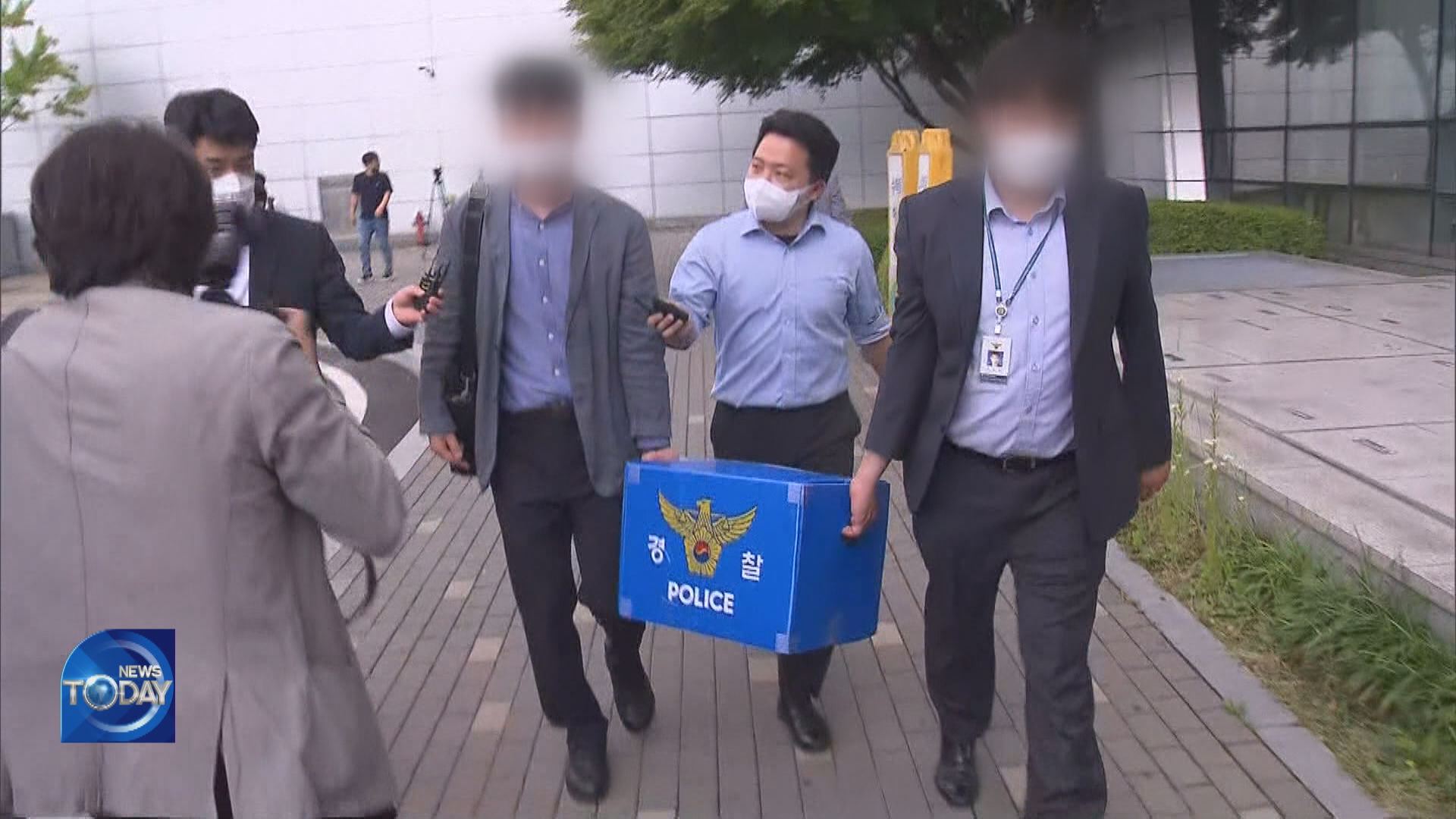
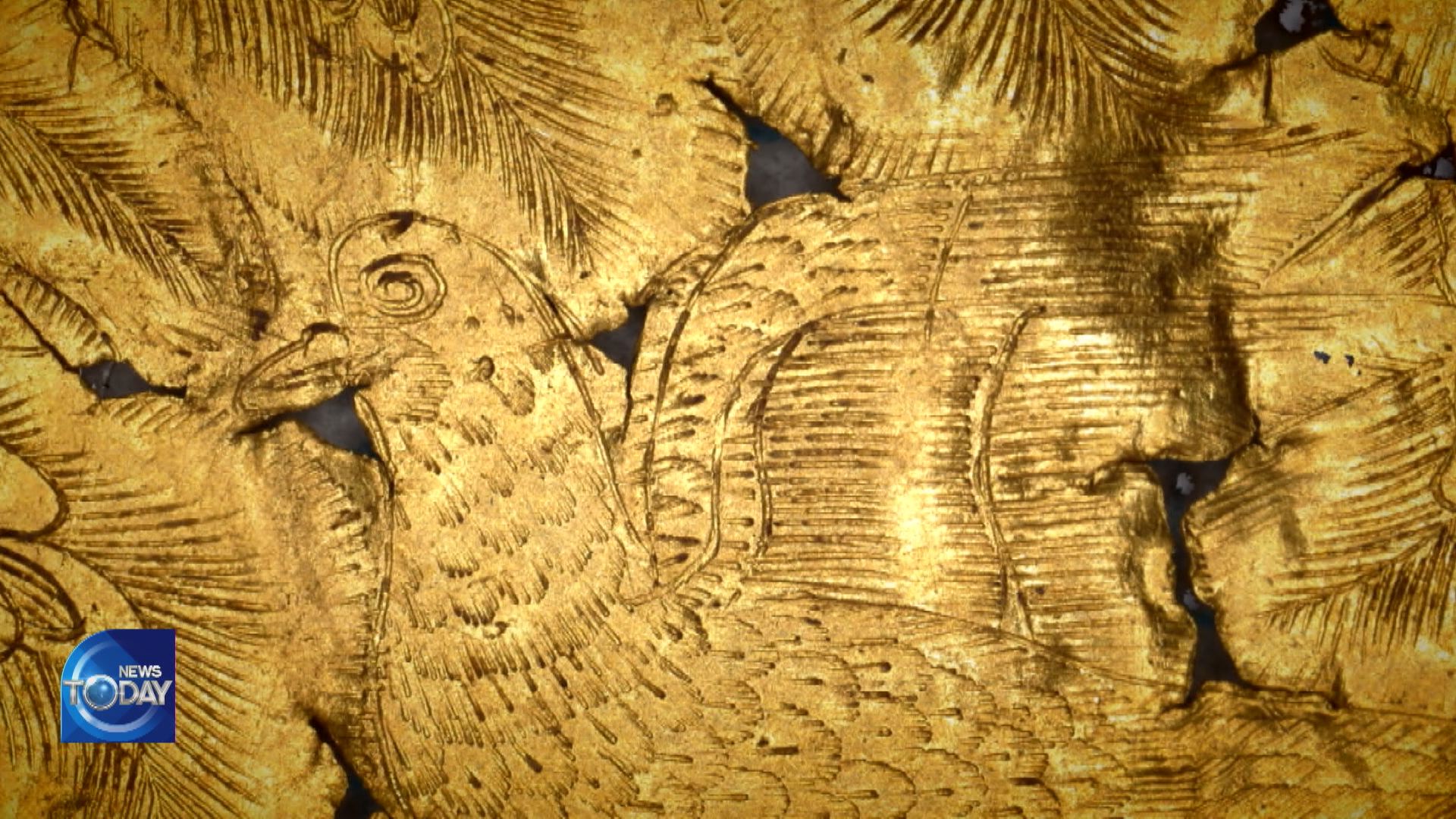
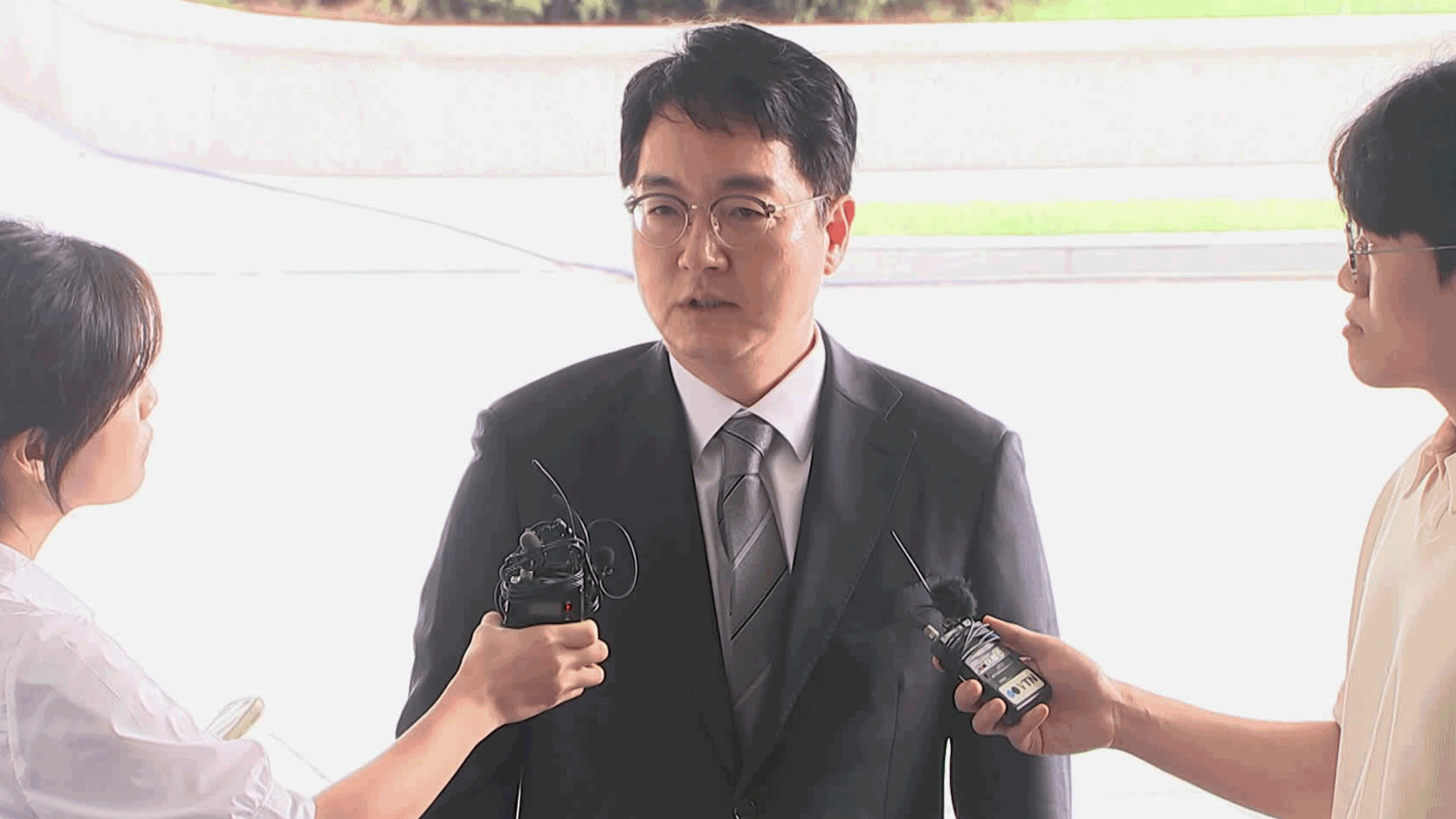
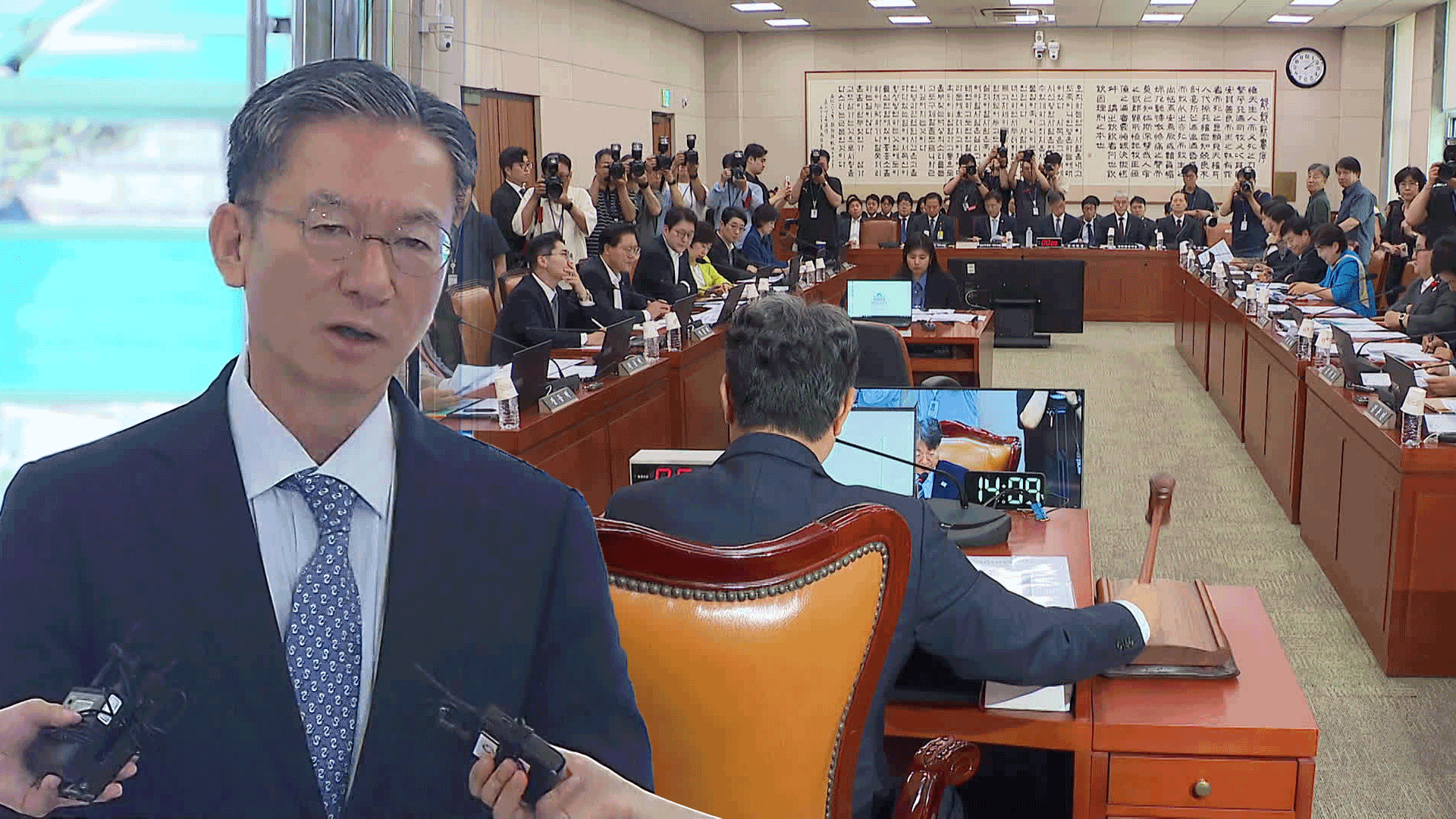
![[단독] 골프연습장 아니라더니<br>…‘한남동 골프연습장’ 도면 입수](/data/news/2025/07/01/20250701_Uh8Jnu.png)
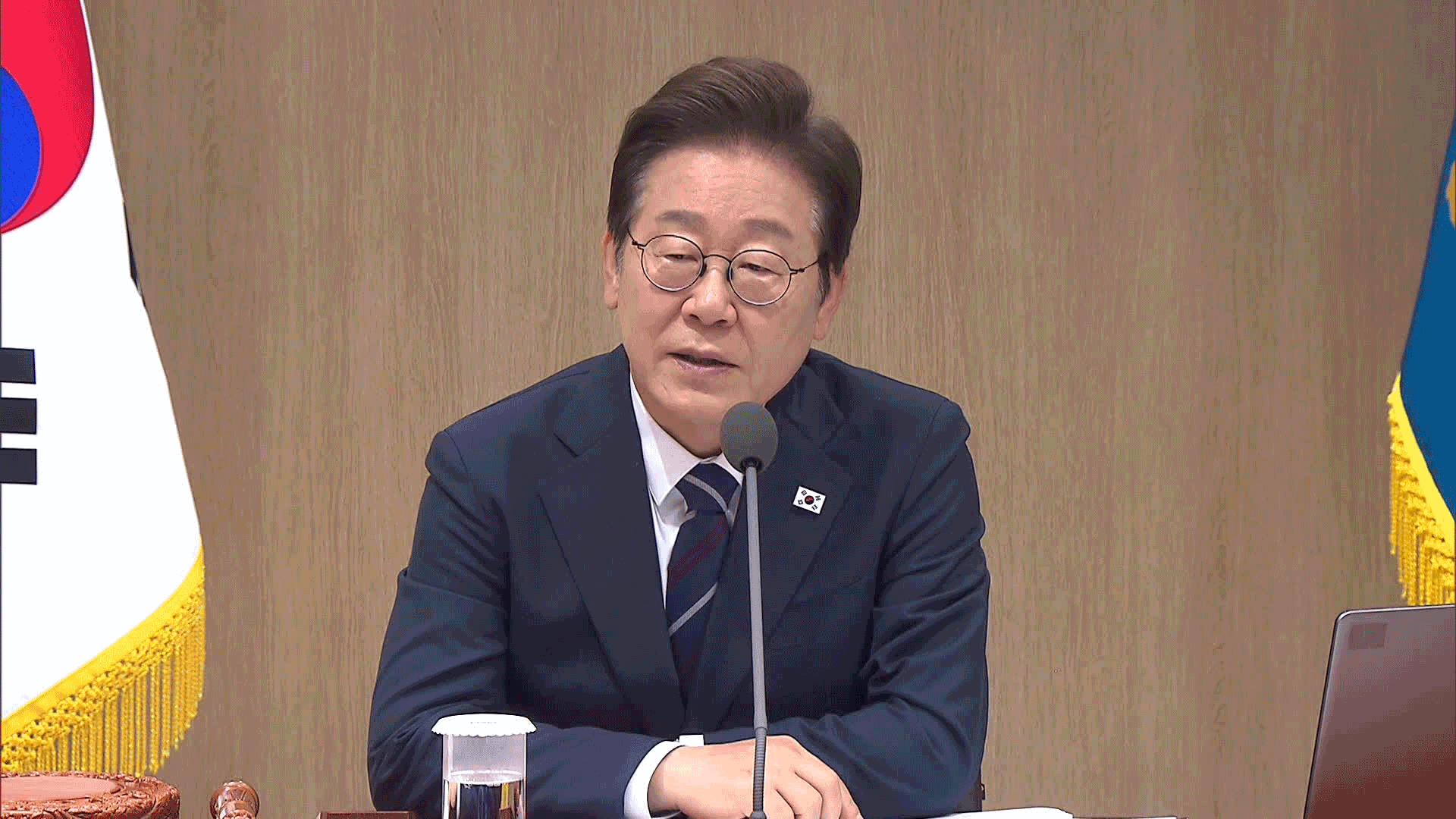

이 기사에 대한 의견을 남겨주세요.